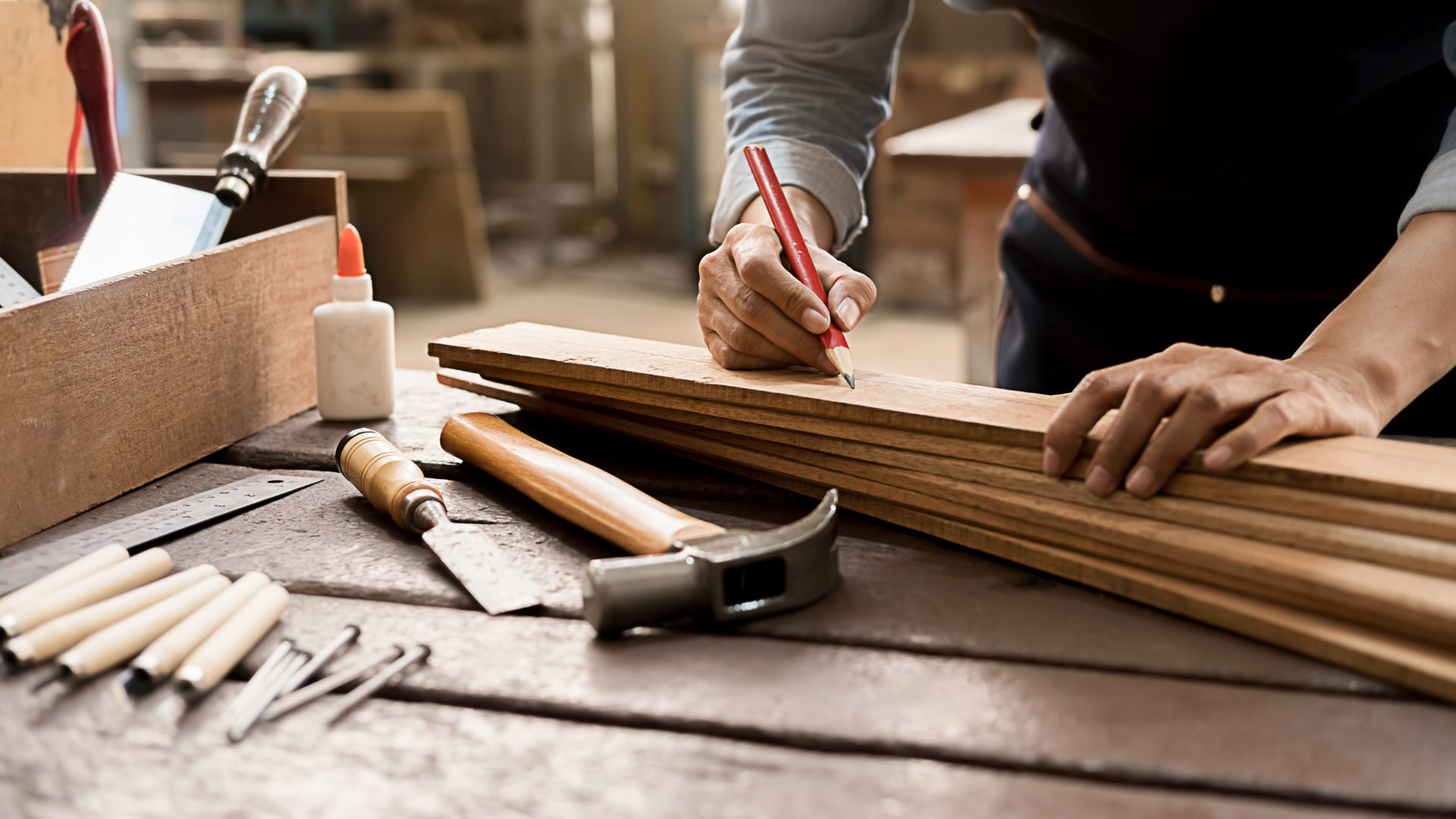Lucas Four Two Bond

Woodworking is more than just a hobby—it’s a rewarding blend of art, skill, and patience. Whether you're building a simple shelf or crafting a custom dining table, the process of transforming raw wood into something useful and beautiful is deeply satisfying. But like any craft, woodworking comes with a learning curve. From understanding your tools to mastering precise measurements, every project teaches you something new.
Whether you're just getting started or looking to sharpen your skills, these woodworking tips will help you save time, stay safe, and build smarter.
1. Start with the Right Tools
You don’t need a workshop full of expensive tools to begin. Start with a few essentials and build your collection as you grow:
A quality circular saw or table saw for straight cuts
A power drill and set of drill bits
Clamps—lots of them! (You’ll never have enough)
Tape measure, speed square, and level for accuracy
A reliable sander for smooth finishes
Chisels, hammer, and screwdrivers for manual detailing
Invest in good-quality tools that will last. Cheap tools often lead to poor results—and potential safety issues.
2. Measure Twice, Cut Once
This old saying is the golden rule of woodworking. Even the smallest miscalculation can throw off an entire project. Always double-check your measurements before cutting, especially when working with expensive hardwoods.
Bonus tip: Use a sharp pencil for marking, and draw your cut lines clearly. If needed, make test cuts on scrap wood to ensure your measurements are accurate.
3. Understand Wood Movement
Wood is a living material that expands and contracts with temperature and humidity. If you build something too tight, especially across the grain, it can crack or warp over time. Leave slight gaps in joints and account for movement in your designs—especially in wide panels like tabletops or cabinet doors.
4. Use the Right Wood for the Job
Different woods serve different purposes:
Pine is affordable and easy to work with—great for beginners.
Oak is strong and traditional, perfect for furniture.
Maple is smooth and durable.
Cedar resists moisture—great for outdoor projects.
Plywood and MDF are useful for cabinets and interiors.
Learn to recognize grain patterns, hardness levels, and how various species respond to cuts and finishes.
5. Sand Between Every Step
A smooth finish starts with proper sanding. Don’t wait until the end to sand—do it throughout the build:
Sand after cutting to clean the edges.
Sand after assembly to remove glue or imperfections.
Sand before finishing to help stain or paint absorb evenly.
Use increasingly fine grits (start with 80 or 120, then move to 220 or higher), and always sand with the grain.
6. Practice Joinery Basics
You don’t need complex joinery right away, but it helps to understand the basics. Simple joints like:
Butt joints – Easy and fast
Dado joints – Great for bookshelves
Lap joints – Stronger than they look
Pocket holes – Simple and great for hidden joints
Dowels or biscuits – Perfect for lining up boards
Each joint serves a purpose, and mastering a few will take your builds to the next level.
7. Plan Your Project Before You Build
Rushing into a build can waste time and materials. Take time to plan:
Sketch your design
Make a cut list
Visualize how pieces fit together
Label your boards
Think about how you’ll assemble (clamping space, screw access, etc.)
A little planning up front will save you from frustration later.
8. Work Safely—Always
Woodworking involves sharp blades, spinning bits, and powerful tools. Protect yourself:
Always wear safety glasses and hearing protection
Use dust masks or respirators when sanding or cutting
Keep your workspace clean and clutter-free
Never rush cuts or force a tool
Unplug tools when changing blades or bits
Accidents happen in a split second—safety should always be your top priority.
9. Practice Makes Perfect
Your first project might not be flawless, and that’s okay. Like any skill, woodworking takes time and repetition. Practice with scrap wood. Build simple things like toolboxes, cutting boards, or planter boxes. Each build teaches you something new—how to square corners, apply finishes, or avoid common mistakes.
10. Finishing Is Everything
Don’t let a great build fall flat at the finish line. The right finish brings out the beauty of the wood and protects it for years to come.
Use wood conditioner before staining softwoods
Apply stain or paint evenly and wipe off excess
Use a polyurethane or oil finish for durability
Always allow each coat to dry fully and sand lightly between coats
Patience pays off—a great finish elevates your work from DIY to pro.
Final Thoughts
Woodworking is one of those crafts where the journey is just as satisfying as the result. Every project brings new challenges, creative solutions, and hands-on satisfaction. Whether you’re making gifts, furniture, or heirloom pieces, woodworking connects you to a tradition of craftsmanship that’s as timeless as the trees you work with.
So pick up your tools, trust the process, and enjoy the smell of sawdust—it’s the scent of creativity in action.